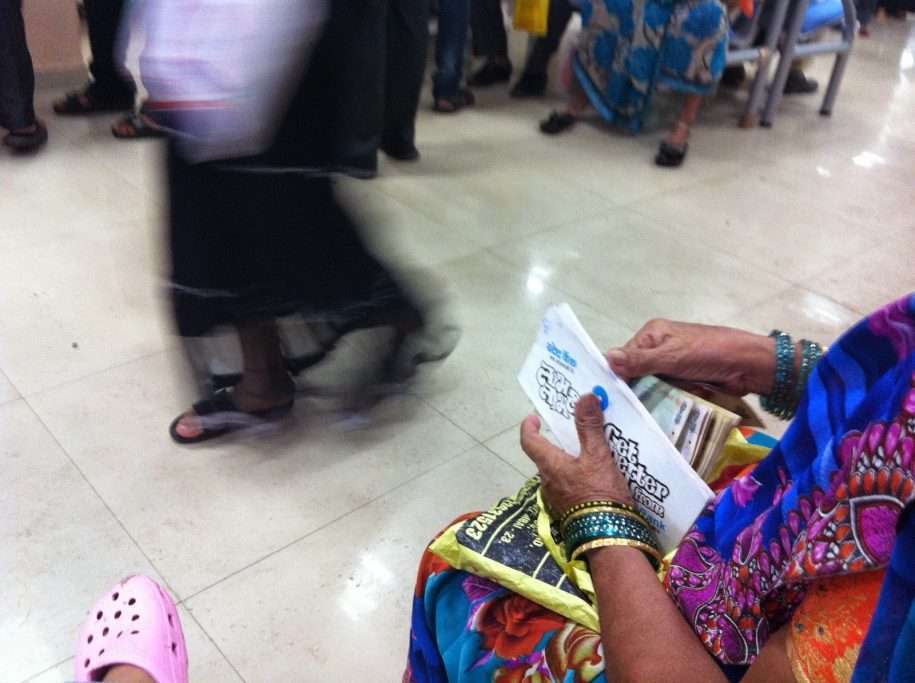
Shanmugam Manoharan
Knowledge Management Specialist
Shanmugam Manoharan is a Knowledge Management Specialist at LEAD, with a strong interest in making research and evidence accessible and actionable. Over the years, he has worked with organisations such as the World Bank, Delhi Assembly Research Centre, and other development institutions, contributing to a range of initiatives on rural development, gender-transformative evaluations, and livelihoods programs.
Shanmugam holds a Bachelor’s and Master’s degree in Political Science from Jawaharlal Nehru University.
Passionate about the intersection of gender, caste, livelihoods, and social inclusion, Shanmugam is dedicated to delivering people-centered solutions that deliver real impact. Outside work, he enjoys history books, travel, and a good mystery thriller.


